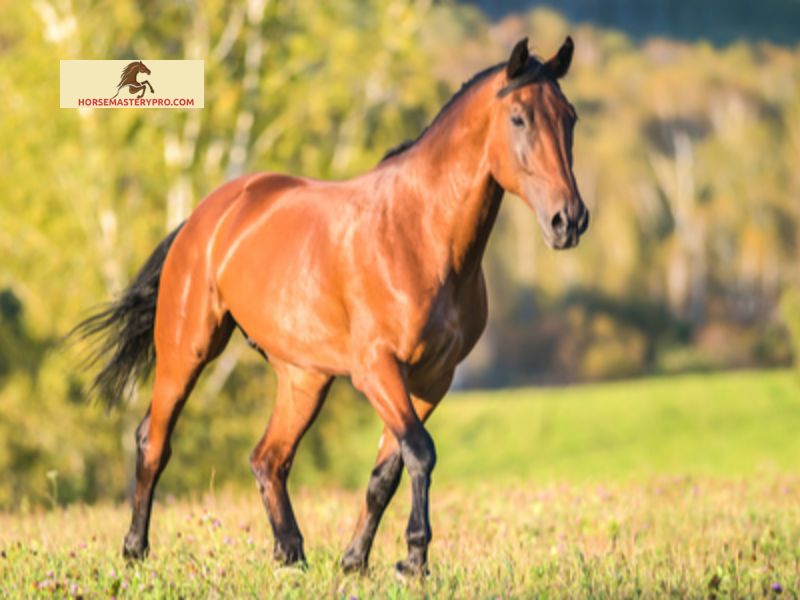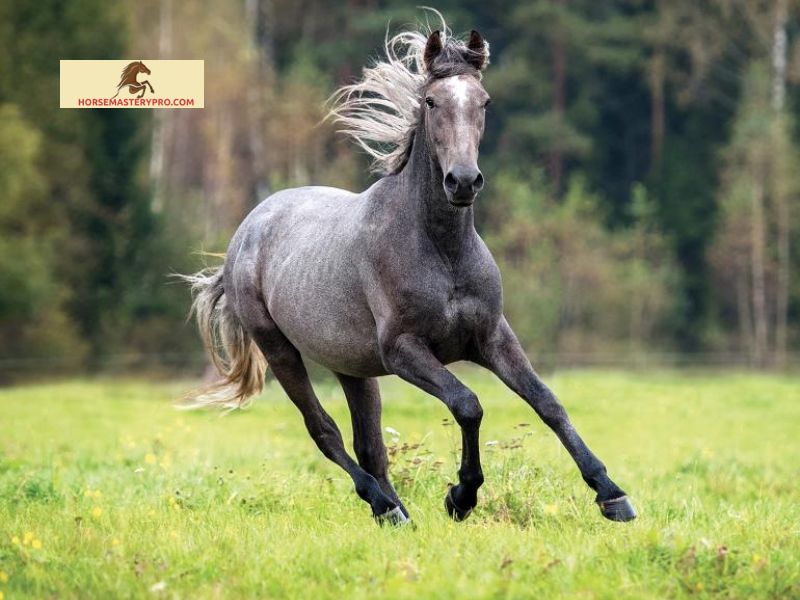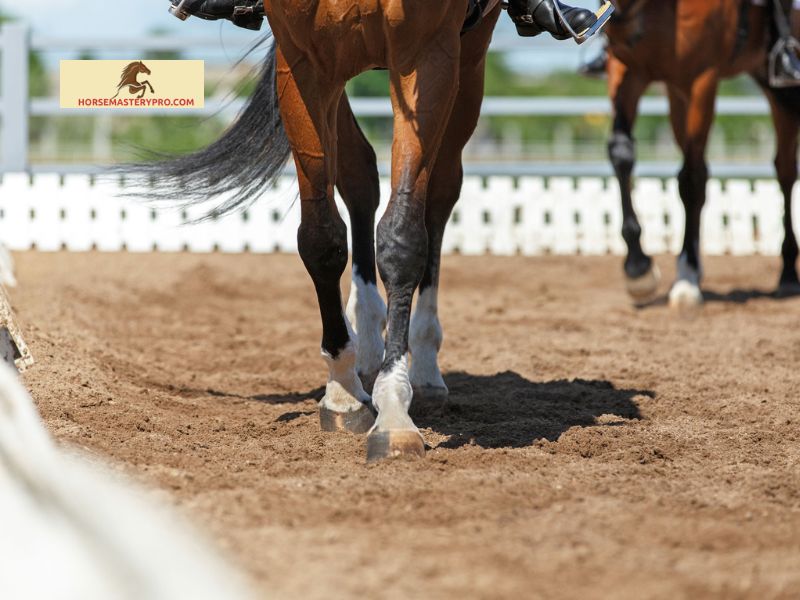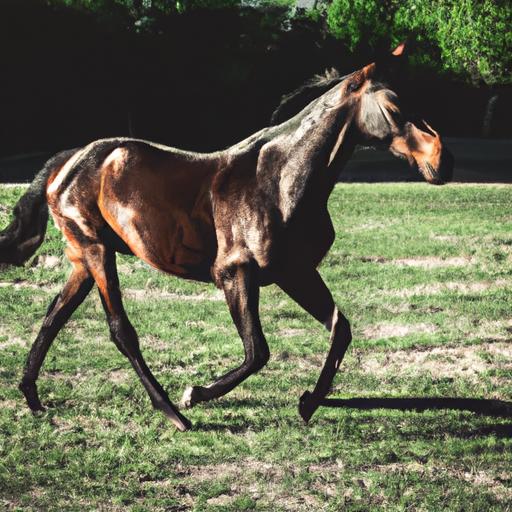Discover effective ways to manage and prevent horses walking in circles. Learn about exercise, environmental enrichment, addressing health/behavioral issues, and seeking professional guidance.
Introduction
Have you ever wondered why horses often find solace in walking in circles? It’s a behavior that has intrigued equestrians and researchers alike. In this article, we will delve into the fascinating world of horses walking in circles, uncovering the reasons behind this behavior and its significance in equine care. So, saddle up, because we are about to embark on a captivating journey into the intricate world of our equine companions.
Understanding the behavior of horses walking in circles is crucial for any horse owner or enthusiast. Whether you’re a seasoned rider or a novice, comprehending this behavior can deepen your bond with these majestic creatures and enhance their overall well-being. Moreover, it enables you to identify any underlying issues that may be causing this repetitive motion.
Now, you might be wondering why it’s important to have SEO-optimized content on horses walking in circles. Well, with the vastness of the internet, it’s essential to present information in a manner that is easily discoverable and engaging for readers. By incorporating SEO techniques, we can ensure that our content reaches the right audience, providing them with valuable insights and solutions. So, let’s dive into the world of horses walking in circles and unlock the secrets behind this captivating behavior.
Understanding the Behavior of Horses Walking in Circles

A. Natural Instincts and Behaviors of Horses
Horses are magnificent creatures with a rich history of living in herds and roaming vast landscapes. They possess innate instincts and behaviors that have been shaped by their evolutionary past. One such behavior is walking in circles, which can be traced back to their natural inclination for movement and exploration. In the wild, horses would often travel in circular patterns as they grazed, foraged, and interacted with their herd members.
B. Reasons behind Horses Walking in Circles
1. Exercise and Stretching
Horses walking in circles serve as a form of exercise and stretching. This repetitive motion helps them maintain their physical fitness by engaging their muscles and promoting flexibility. Just like humans, horses need regular physical activity to stay healthy and prevent stiffness or muscle imbalances.
2. Mental Stimulation
Walking in circles can also provide horses with mental stimulation. It allows them to explore their surroundings, observe their environment, and engage their curious nature. This behavior helps alleviate boredom and keeps their minds active, preventing the development of destructive habits or vices.
3. Social Interactions
Horses are social animals that thrive on interactions with their herd members. When horses walk in circles together, they engage in natural herd dynamics, reinforcing social bonds and establishing a sense of unity. This behavior enables horses to communicate, establish hierarchy, and maintain social harmony within the herd.
4. Repetitive Behaviors due to Confinement or Stress
In some cases, horses may exhibit repetitive behaviors such as walking in circles due to confinement or stress. Horses are highly sensitive creatures, and when subjected to limited space or stressful conditions, they may resort to repetitive motions as a coping mechanism. It’s crucial to assess their environment and address any underlying factors that may be contributing to this behavior.
Understanding these reasons behind horses walking in circles is vital for horse owners and caretakers. It allows us to better meet their physical and mental needs, ensure their overall well-being, and create an environment where they can thrive. Now that we’ve explored the reasons behind this intriguing behavior, let’s move on to the health implications associated with horses walking in circles.
Health Implications of Horses Walking in Circles

When it comes to horses walking in circles, there are significant health implications that need to be considered. This behavior can have an impact on various aspects of their well-being, ranging from their physical health to their mental state. Let’s explore the key areas affected by this repetitive motion.
A. Impact on Hoof Health and Foot Balance
One crucial aspect to consider is the effect of walking in circles on a horse’s hoof health and foot balance. Constantly moving in a circular pattern can lead to uneven wear on the hooves, potentially causing imbalances and discomfort. It’s essential to monitor and maintain proper hoof care to mitigate any negative consequences. Regular trimming and balancing by a skilled farrier can help promote healthy hoof growth and prevent potential issues.
B. Muscular Development and Overall Fitness
Horses walking in circles also have implications for their muscular development and overall fitness. This repetitive motion can aid in building strength and muscle tone, particularly in the hindquarters and core. However, it’s important to strike a balance between exercise and variety in their routine. Incorporating a diverse range of activities, including straight-line work, lateral movements, and varied terrain, can help ensure comprehensive muscle development and overall fitness.
C. Effects on Mental Wellbeing and Stress Levels
The mental wellbeing of horses is equally important as their physical health. Walking in circles can serve as a coping mechanism for horses experiencing stress or confinement. However, prolonged or excessive circling may indicate underlying issues that need to be addressed. It’s crucial to provide horses with a stimulating and enriching environment that promotes mental engagement, social interactions, and opportunities for natural behaviors. This can help alleviate stress levels and enhance their overall mental wellbeing.
Understanding the health implications associated with horses walking in circles allows us to take proactive measures to ensure their well-being. By addressing hoof health, promoting proper muscle development, and prioritizing their mental state, we can provide horses with a balanced and fulfilling lifestyle. Let’s explore effective management strategies and preventive techniques in the following sections.
Training Techniques for Horses Walking in Circles

When it comes to addressing the behavior of horses walking in circles, implementing effective training techniques is key. By employing these methods, we can redirect their energy and encourage more desirable behaviors. Let’s explore some tried-and-true approaches that can help break the cycle and establish a harmonious connection with your equine companion.
A. Positive Reinforcement Training Methods
Positive reinforcement is a powerful tool that can reshape a horse’s behavior in a gentle and rewarding way. By using treats, praise, or clicker training, we can encourage horses to engage in desired actions and gradually reduce the frequency of walking in circles. This approach nurtures trust and builds a positive association between the horse and the desired behavior.
B. Implementing Groundwork Exercises
Groundwork exercises are invaluable for horses walking in circles as they provide mental and physical stimulation. By incorporating exercises such as lunging, long-lining, or liberty work, we can engage the horse’s mind and encourage them to explore different movement patterns. These exercises not only redirect their energy but also promote obedience, balance, and coordination.
C. Establishing Clear Communication and Boundaries
Clear and consistent communication is essential in any horse training endeavor. During training sessions, it’s crucial to establish boundaries and clearly communicate your expectations to the horse. By using body language, voice commands, and cues, we can guide the horse towards more purposeful movements and discourage aimless circling.
D. Gradual Desensitization to Unfamiliar Environments
Horses walking in circles may display anxiety or stress when confronted with unfamiliar environments. Gradual desensitization techniques can help them overcome these fears and develop confidence. By introducing them to new surroundings in a controlled and gradual manner, we can help them become more resilient and less inclined to seek solace in repetitive behaviors.
By employing these training techniques, we can redirect the behavior of horses walking in circles, fostering a stronger bond and promoting their overall well-being. Remember, patience, consistency, and understanding are the cornerstones of successful training. So, let’s embark on this transformative journey with our equine companions and create a harmonious partnership.
Conclusion
In conclusion, understanding why horses walk in circles is essential for every horse owner and enthusiast. By grasping the reasons behind this behavior, we can provide our equine companions with the care they need to thrive physically and mentally. From exercise and stretching to social interactions, horses walking in circles serve various purposes that contribute to their overall well-being.
To manage and prevent horses from continuously walking in circles, it’s important to provide them with adequate exercise opportunities. Regular turnout in spacious pastures or engaging them in activities such as lunging or trail riding can help fulfill their need for movement. Additionally, enriching their environment with toys, obstacles, and varied terrain can stimulate their minds and prevent repetitive behaviors.
Addressing underlying health or behavioral issues is crucial in managing this behavior. Regular veterinary check-ups and consultations with equine behaviorists can help identify any physical or psychological factors contributing to the circular walking. By addressing these issues, we can work towards resolving them and promoting healthier habits.
When it comes to tackling complex problems, seeking professional guidance and support is always beneficial. Consulting with experienced trainers or equine professionals can provide valuable insights and personalized strategies to manage and prevent horses from walking in circles. Their expertise can help us develop effective training techniques and create a harmonious relationship with our equine partners.
In the end, horsemasterypro.com encourages all horse owners and enthusiasts to be proactive in understanding and addressing the behavior of horses walking in circles. By implementing the right strategies and seeking professional assistance, we can ensure the well-being of our beloved horses and nurture a fulfilling and joyful partnership. So, let’s embark on this journey of horsemanship together, and let our horses walk confidently towards a brighter future.


